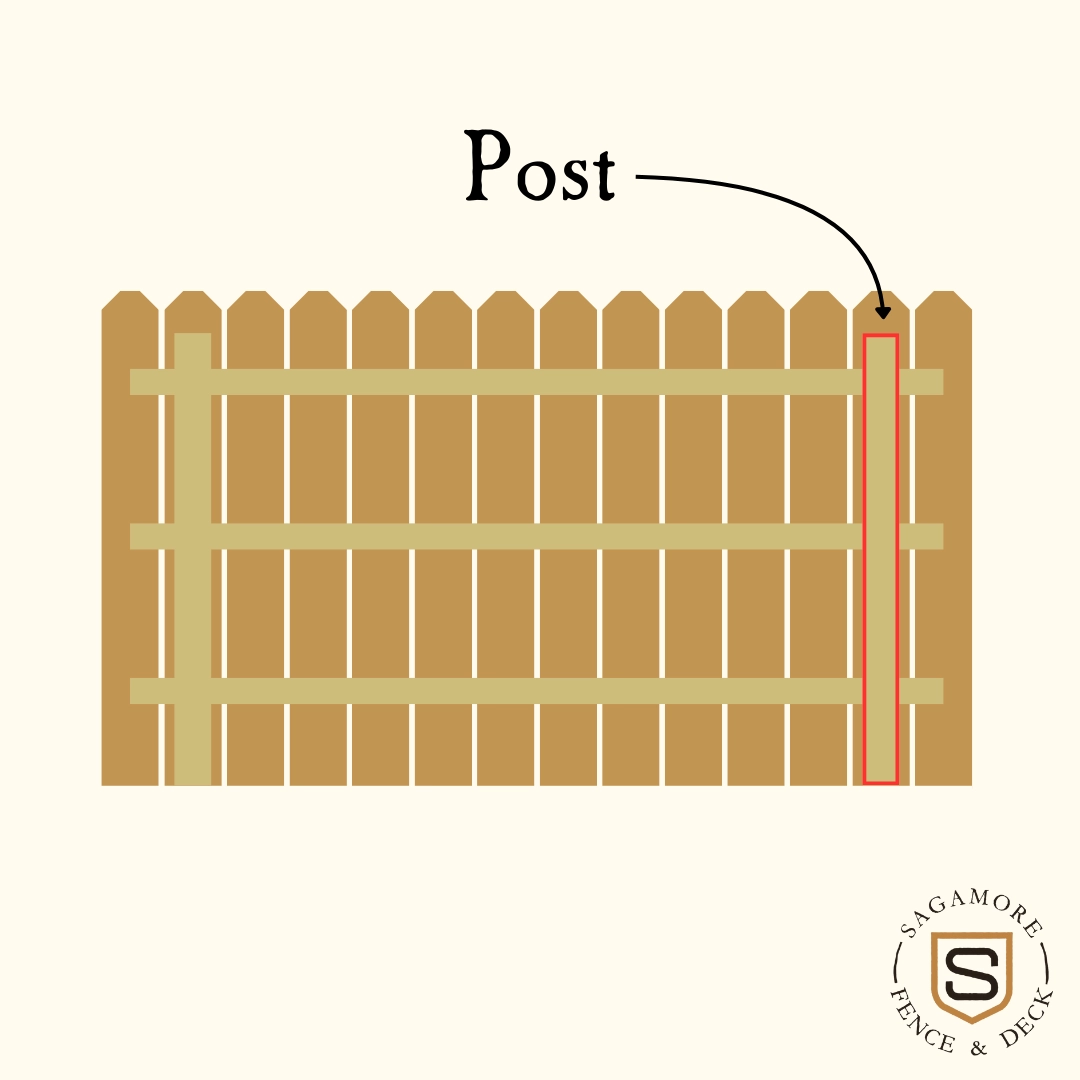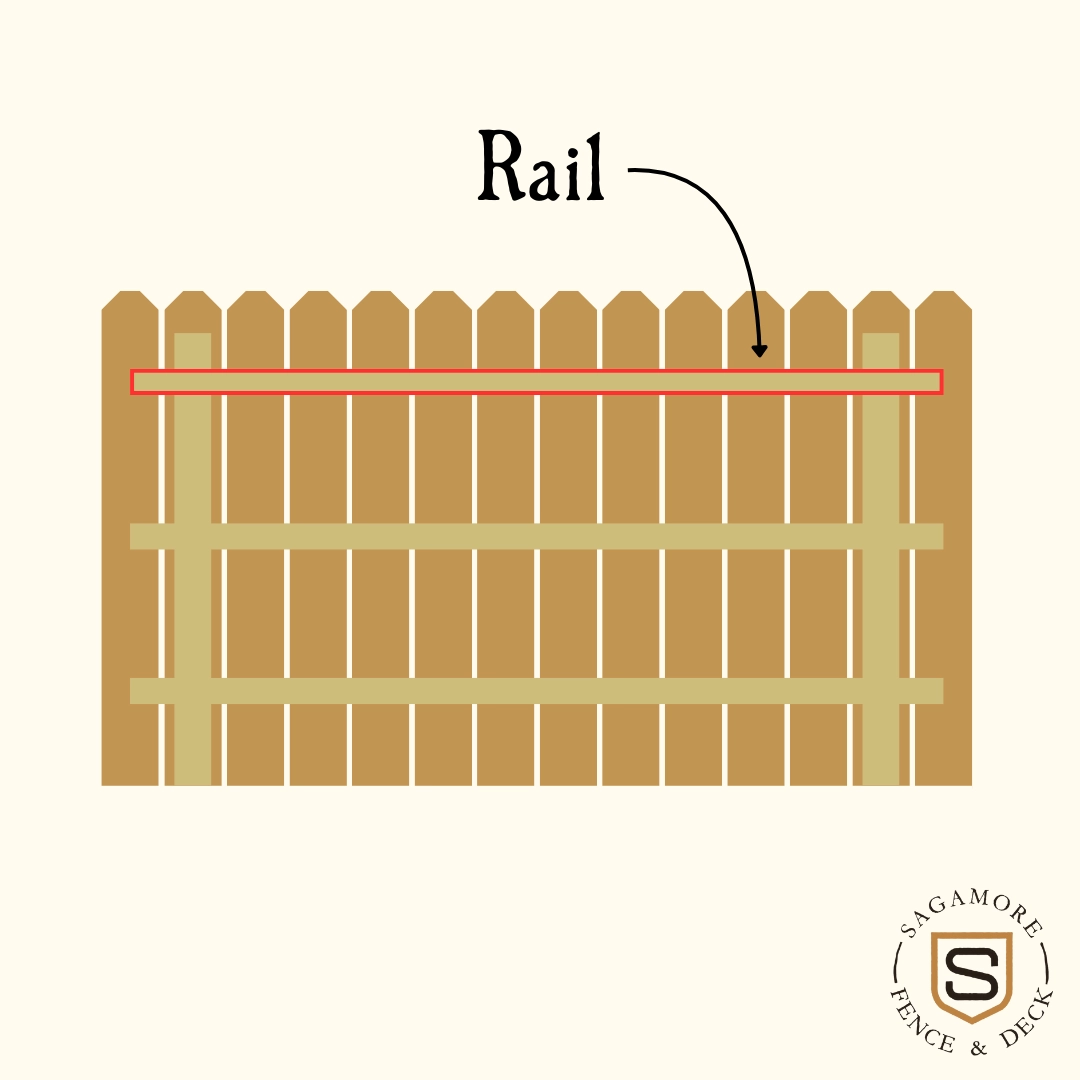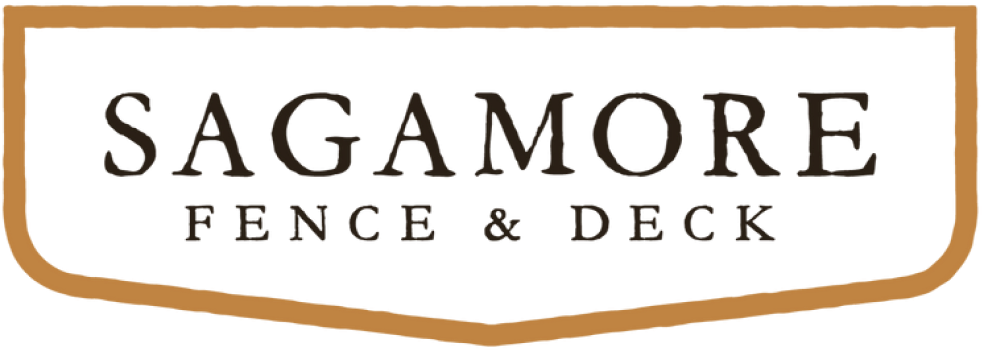If you’ve ever looked at a fence and wondered how it all comes together, you’re in the right place! Every fence, no matter what style or material, is made up of three main parts: the picket, the post, and the rail. Each element plays a critical role in both the structural integrity and aesthetic appeal of the fence. Here’s a breakdown of these components and their functions:
The Picket
The picket is perhaps the most recognizable part of a fence. These are the vertical boards that form the main part of your fence and are responsible for giving you privacy or simply marking your property lines. Pickets can be spaced apart for a more open, friendly feel, or placed closely together for added privacy and security.
They come in different designs, like the classic dog-eared or pointed tops, which can add some personality to your fence. Whether you choose wood, vinyl, or iron, the pickets are what everyone sees first, and they can be a great way to express your style while still doing their job of keeping things in or out.

The Post
Posts are the backbone of any fence, providing the necessary support to hold the entire structure upright and stable. Typically buried into the ground and set in concrete, fence posts ensure the longevity and strength of the fence, especially in areas with high wind or other weather concerns.
The posts are what hold the entire fence in place, acting as the anchor points for the rails and supporting the weight of the pickets. Without the posts, your fence would be flimsy and unstable, so they’re key to ensuring your fence lasts for years. They also provide the framework for gates and other accessories you might add. Think of them as the foundation of your fence—it’s where all the strength comes from.

The Rail
The rail connects the pickets to the posts, creating a unified fence structure. Rails run horizontally and serve as the support system for the pickets. Usually, there are two or three rails per section—one near the top and another near the bottom, and sometimes a middle rail is added for additional strength.
In wooden fences, these rails are often pressure-treated to withstand weather conditions. Rails not only hold everything together but also play a part in defining the overall appearance and security of the fence. Without properly installed rails, the pickets would not have the stability needed to remain upright and aligned over time.

Apply This Method to any Fence!
Whether you’re looking at a traditional wooden fence or something more modern like an iron or aluminum fence, the principle remains the same: the structure is built on these three key elements. In the case of iron fences, the “picket” would refer to the vertical bars, the “post” is often thicker, decorative iron beams that hold the structure upright, and the “rail” would be the horizontal bars connecting these components. Understanding these fundamentals also makes it easier to visualize how different types of fences are constructed and maintained.
By understanding the roles of the picket, post, and rail, you’ll be better equipped to maintain your fence or choose the perfect style for your home. It’s simple once you break it down, and knowing the basics can go a long way in keeping your fence looking great for years to come!

